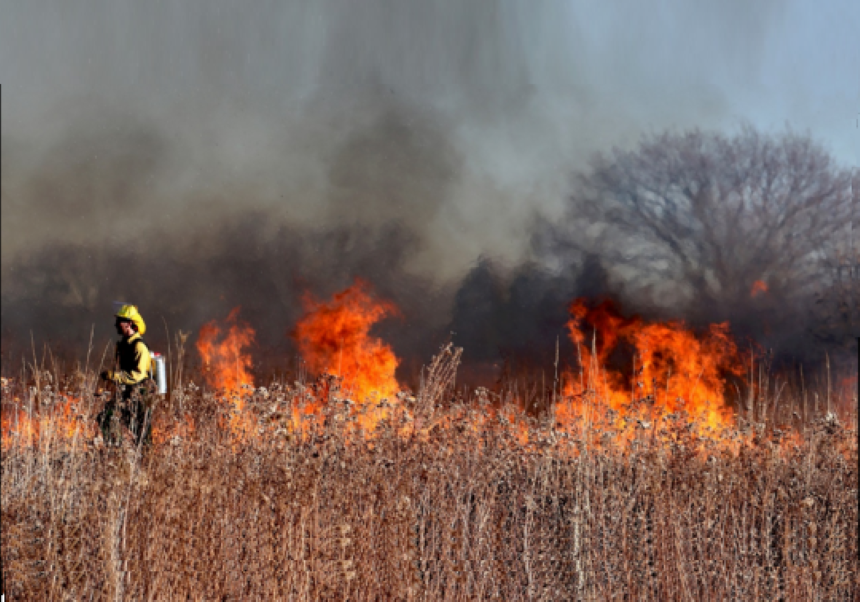
The study posits that avoiding just one of the key factors in starting a large wildfire could significantly reduce the likelihood of wildfires. Photo: PIXABAY
• A research co-led by the Desertification Research Centre (CIDE, CSIC-UV-GVA) describes the mechanisms that make large fires possible.
• Climate appears as one of the main triggers by favoring fuel flammability, drought conditions and the effectiveness of ignitions.
Reference:
Juli G Pausas, Jon E Keeley, Wildfires and global change, Frontiers in Ecology and the Environment, DOI: https://doi.org/10.1002/fee.2359
CIDE Communication









